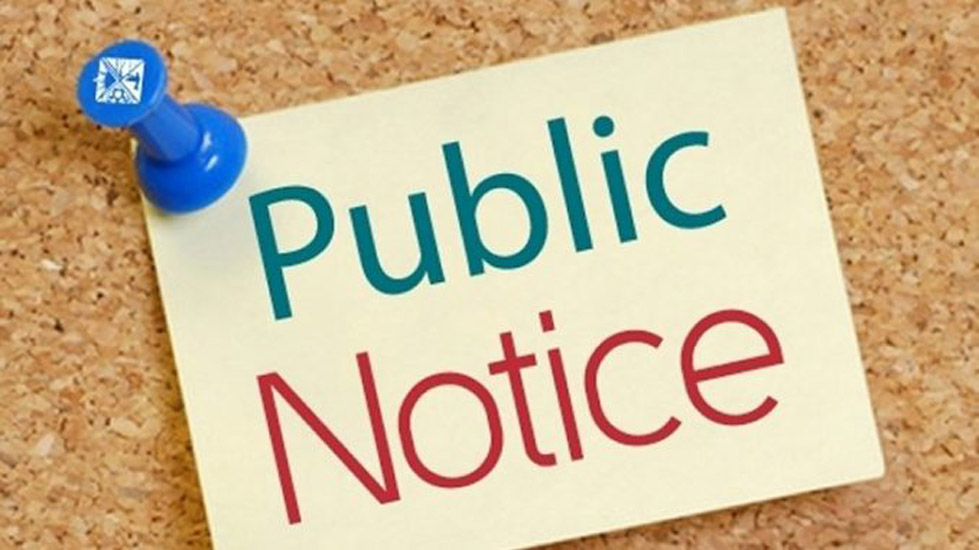The Huntington School Board will hold a special meeting on Monday, March 19 at 7:30 p.m. in the Jack Abrams STEM Magnet School auditorium. The sole agenda item is to review the already approved capital projects proposition and potentially reconsider what it contains.
During their Monday, Monday, March 12 meeting, trustees approved placement of a proposition on the Tuesday, May 15 ballot that contains seven projects in five different school buildings that total $2.786 million. The funds will be drawn from the district’s capital reserve monies, which residents have previously authorized to cover costs associated with renovation and reconstruction projects. Release of the monies has no impact on the tax rate.
The approved proposition includes the following projects:
Flower Hill Primary School
• Install a security vestibule addition: $100,000
• Replacement of the building’s roof: $1,560,000
Jefferson Primary School
• Tile replacement in two student and three faculty bathrooms: $65,000
Washington Primary School
• Install a security vestibule addition: $100,000
Woodhull Intermediate School
• Replace two boilers: $800,000
• Tile replacement in 12 classroom bathrooms: $36,000
Huntington High School
• Replace two “roll-up” doors: $125,000
Total: $2,786,000 (Estimated and subject to bidding.)
At Monday night’s special meeting, trustees will review the projects approved for the May 15 proposition and consider revisions to the original list and several other possible projects, including:
Jefferson Primary School
• Replacement of the building’s roof: $1,500,000
Southdown Primary School
• Replacement of the building’s roof: $1,560,000
Woodhull Intermediate School
• Reconstruction of the parking lot and curbs: $705,000
J. Taylor Finley Middle School
• Replacement of floor tiles and seating in the LGI/auditorium: $600,000
If voters support release of the capital reserve monies, property taxes will not increase since the funds are already in place. No new revenues are required. The funds represent dollars previously provided to the district by taxpayers that weren’t needed to pay for regular school operations because of tight fiscal management and economizing. The source of the funding is the annual transfer of surplus monies from the district’s general fund to the two existing Building Improvement Funds.
